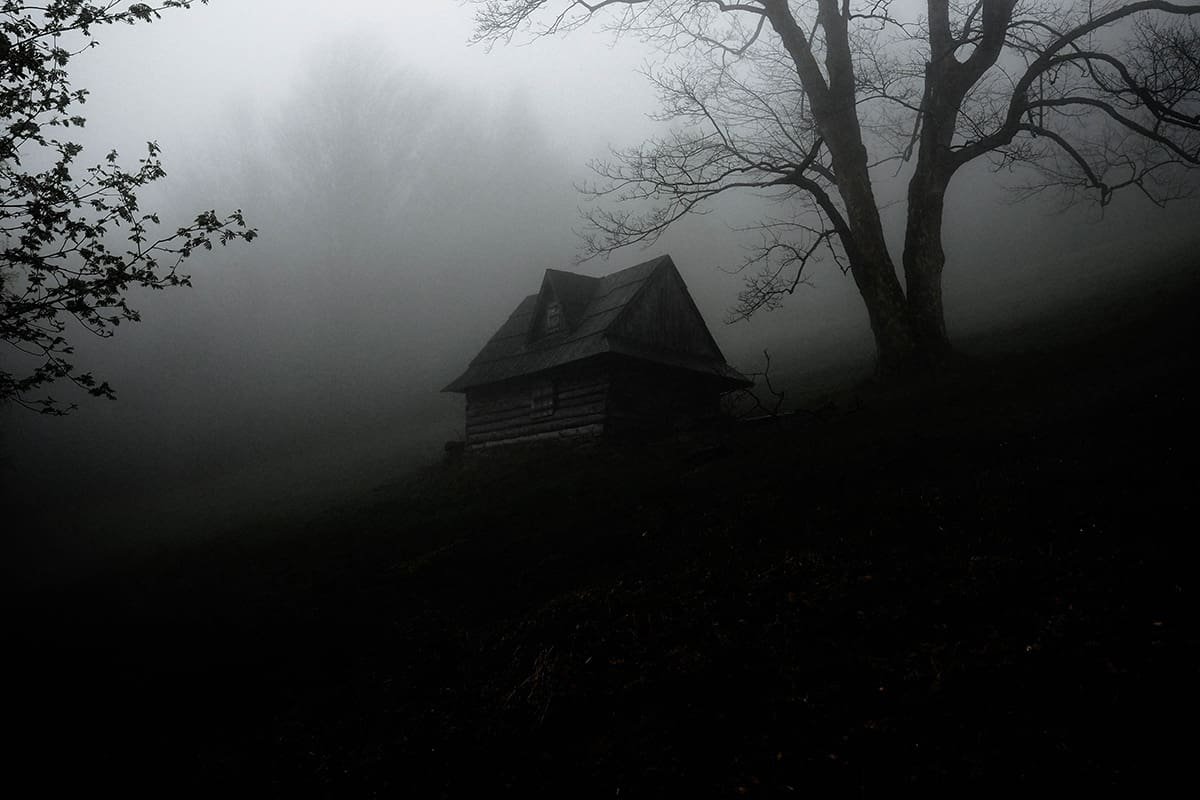The flickering light of a lone candle, the echoing footsteps in an empty hallway, and the blood-curdling scream that pierces the silence—these elements have long been the staples of the horror genre. From the eerie silent films of the early 1900s to the modern psychological thrillers, horror has evolved significantly, yet it remains a favorite among film enthusiasts and writers alike. The genre not only entertains but also explores deep-seated fears and societal anxieties, offering a cathartic experience for its audience.
Horror movies and stories have a unique way of captivating us, making us confront our darkest fears while simultaneously thrilling us. This post will explore the common tropes in the horror genre, dissecting their origins, variations, and impact on both audiences and creators. Whether you’re a horror enthusiast, film student, or writer, you’ll find valuable insights and practical tips to enhance your understanding of this fascinating genre.
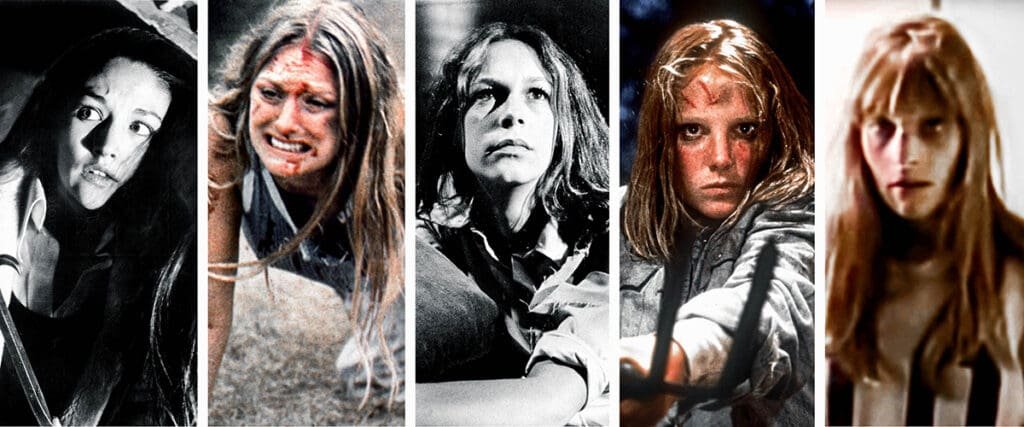
Defining Tropes
Before we dive into the specific tropes, it’s essential to understand what tropes are and why they matter in storytelling. Tropes are recurring themes, motifs, or clichés that are commonly found in literature, film, and other forms of storytelling. They serve as familiar touchpoints that help to structure the narrative and evoke specific responses from the audience.
In the horror genre, tropes are particularly significant because they tap into universal fears and anxieties. They provide a framework that directors and writers can either adhere to or subvert to create suspense and horror. However, overuse of tropes can lead to predictability, which poses a challenge for creators who aim to keep their audience on the edge of their seats.
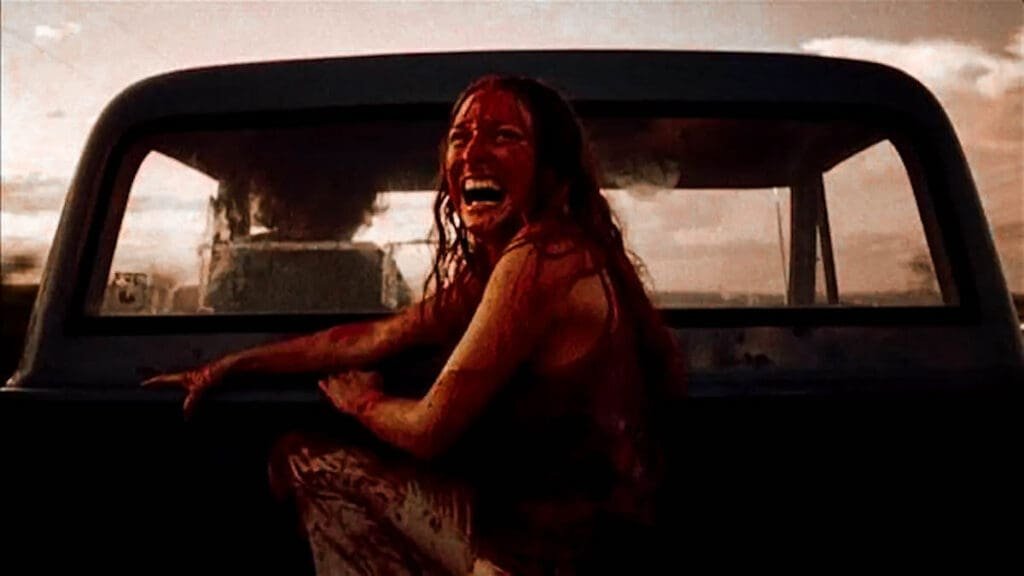
Common Tropes in Horror
The Final Girl
One of the most enduring tropes in horror is the “Final Girl.” This trope refers to the last woman standing, who confronts the villain and often survives to tell the tale. Originating in the slasher films of the 1970s and 1980s, the Final Girl trope has become a staple in horror storytelling.
The Final Girl is usually portrayed as virtuous, resourceful, and strong, contrasting sharply with her peers who fall victim to the antagonist. Films like “Halloween” and “A Nightmare on Elm Street” are classic examples that showcase this trope. Over the years, the Final Girl has evolved to be more complex, often challenging traditional gender roles and stereotypes.
The Haunted House
The Haunted House trope is another classic that has stood the test of time. From the creaky floors and hidden passageways to the malevolent spirits lurking in the shadows, haunted houses have been a go-to setting for horror stories. This trope taps into the fear of the unknown and the concept of home as a place of safety and security being violated.
Movies like “The Amityville Horror” and “The Conjuring” have masterfully utilized this trope to create an atmosphere of dread and suspense. The Haunted House trope has also seen various interpretations, from psychological horror to supernatural thrillers, making it a versatile element in horror storytelling.
The Jump Scare
The Jump Scare is perhaps the most immediate and visceral trope in horror. It involves a sudden, frightening event designed to startle the audience, often accompanied by a loud noise or visual shock. While some critics argue that jump scares are a cheap tactic, they remain effective when used sparingly and in the right context.
Films like “The Exorcist” and “Insidious” have expertly employed jump scares to heighten tension and keep the audience on edge. However, over-reliance on this trope can lead to diminished returns, making it crucial for creators to balance jump scares with other forms of suspense and horror.
The Monster in the Closet
The Monster in the Closet trope is a metaphor for repressed fears and anxieties. Often, this trope involves a creature or entity that hides in a seemingly safe and familiar place, waiting to pounce when least expected. This trope plays on the fear of the unknown and the invasion of personal space.
Classic films like “Poltergeist” and “It” have used the Monster in the Closet trope to great effect, creating a sense of impending doom and vulnerability. This trope can be adapted to fit various horror subgenres, from supernatural horror to psychological thrillers, making it a valuable tool for storytellers.
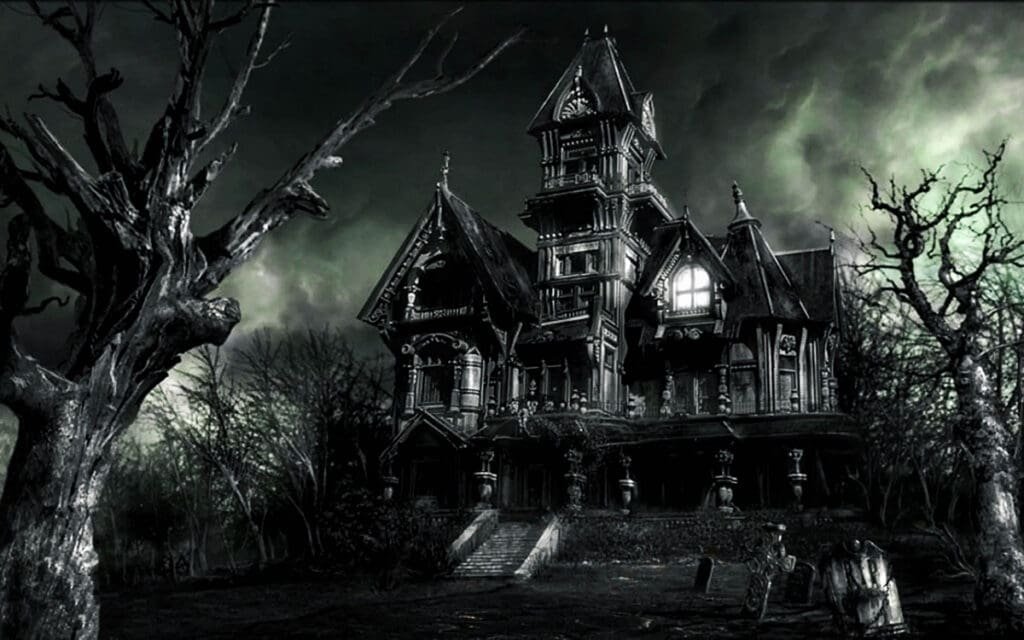
Impact of Tropes on Audience Expectations
Tropes play a crucial role in shaping audience expectations. When viewers recognize a trope, they anticipate certain outcomes, which can either heighten suspense or lead to predictability. For filmmakers and writers, understanding how tropes influence audience reactions is essential for crafting engaging horror narratives.
One of the challenges of using tropes is avoiding predictability. When tropes are overused or poorly executed, they can make the story feel clichéd and uninspired. On the other hand, well-executed tropes can enhance storytelling by creating a sense of familiarity and anticipation.
For instance, the Final Girl trope may lead the audience to expect a female character to survive, creating suspense around her fate. Similarly, the Haunted House trope sets the stage for supernatural occurrences, making every creak and shadow more unsettling.
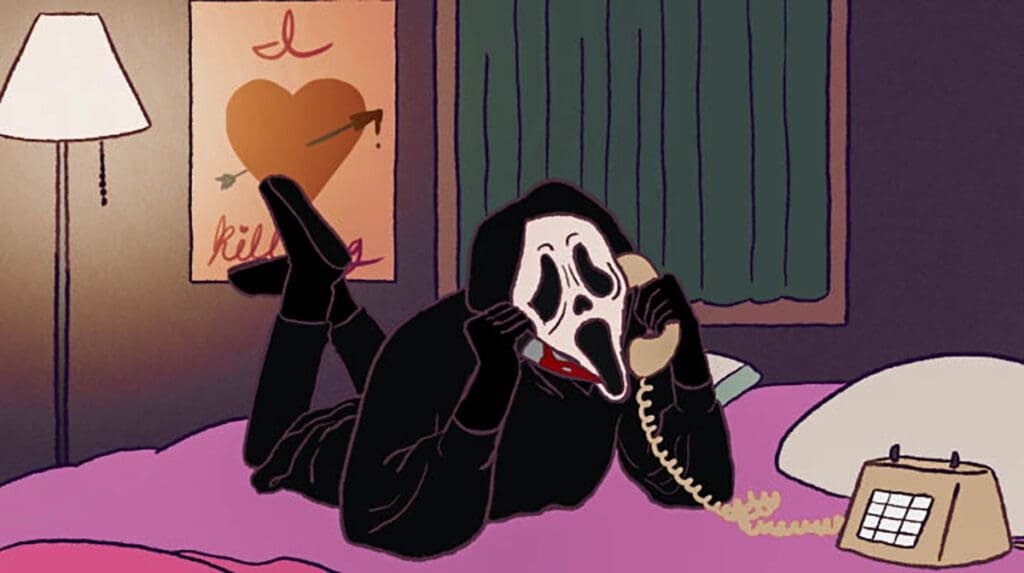
Subverting Tropes
Subverting tropes involves taking well-known elements and flipping them on their head to surprise and engage the audience. This technique keeps horror fresh and innovative, challenging viewers’ expectations and adding depth to the narrative.
One effective way to subvert tropes is by playing with character roles. For example, instead of the traditional Final Girl, some films feature a Final Boy or a group of survivors. Movies like “Cabin in the Woods” and “Scream” have successfully subverted horror tropes by blending self-awareness with unexpected plot twists.
Another approach to subverting tropes is by changing the setting or context. For instance, placing a Haunted House story in a futuristic or unfamiliar environment can breathe new life into the trope. By subverting tropes, creators can keep their stories engaging and unpredictable, ensuring a memorable experience for the audience.
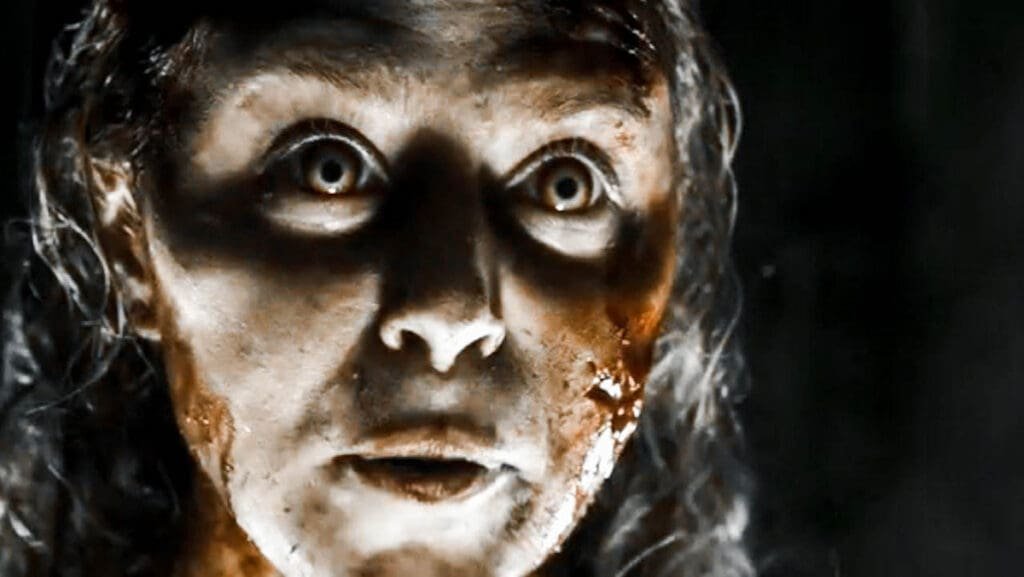
Tropes are the building blocks of horror storytelling, providing a framework that both creators and audiences recognize and understand.
While tropes like the Final Girl, the Haunted House, and the Jump Scare have become iconic, their overuse can lead to predictability. By understanding and subverting these tropes, filmmakers and writers can create fresh, innovative narratives that captivate and terrify.
Whether you’re a horror enthusiast, film student, or aspiring writer, recognizing and analyzing these common tropes will deepen your appreciation for the genre. Share your favorite subversions or tropes you’d like to see less of in future horror stories. Let’s keep the conversation going and continue to explore the fascinating world of horror.
Feel free to book a call with one of our experts to discuss how you can incorporate these insights into your own storytelling. Happy haunting!













